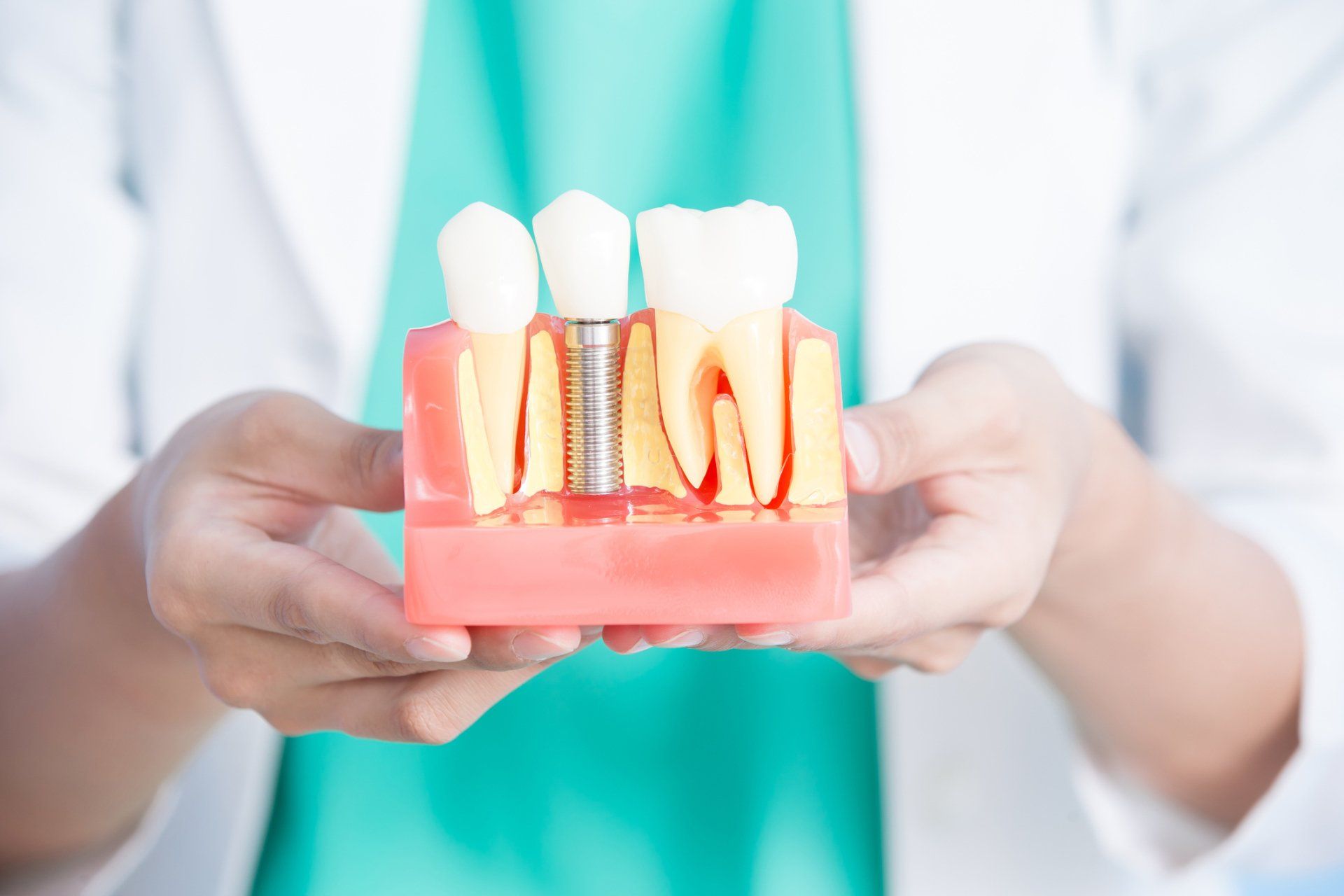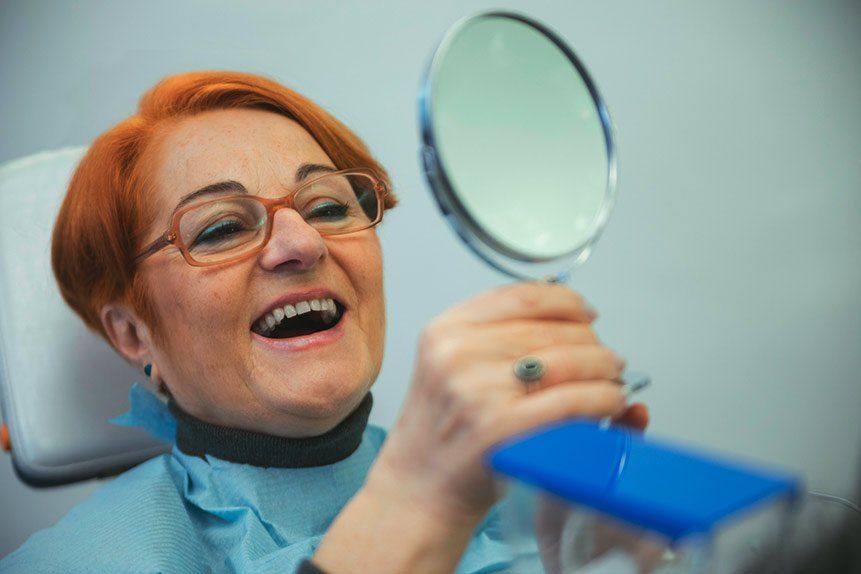How Underlying Complications Affect Your Quest for Dentures
- By Admin
- •
- 30 Apr, 2020
- •

When you have lost a mouthful of teeth, dentures can provide a quick, relatively affordable means of restoring chewing function and aesthetic appeal to your smile. However, some people also struggle with underlying complicating factors that may make denture design and fitting more challenging than usual.
Fortunately, skilled dentistry and modern dental techniques can overcome these barriers to enjoying comfortable, secure, properly fitting dentures. Here are some examples of specific problems and their solutions.
Malocclusion
Dentists use the term malocclusion to describe a bite misalignment. Any inconsistency in the way your upper and lower teeth come together can result in premature tooth wear, jaw pain, tooth discomfort, and inefficient chewing. Malocclusion may stem from a hereditary or acquired jaw alignment abnormality. It may also occur due to shifting teeth or irregularities in the number of teeth.
Malocclusion often takes the form of an overbite, in which the upper front teeth jut out in relation to the lower front teeth. But if your upper and lower jawbones are out of alignment in any way, you need dentures that will provide the most comfortable and efficient bite possible despite this irregularity. An uneven bite will not only cause your dentures to wear down faster, but it may also promote looseness or slippage as the uneven bite imparts unnatural pressures to the denture plates.
Your dentist may compensate for a misalignment between your upper and lower jaws to some degree. The secret lies in angling the teeth in the denture plates so that the tooth surfaces come together properly.
Tori
If you feel even, bony lumps in your palate or around your lower teeth, you may have tori. Tori are harmless bone accumulations that may develop for a variety of reasons, including bruxism (chronic tooth grinding). While many people live with tori without any significant discomfort, individuals in need of dentures may find that these lumps interfere with traditional dentures.
A skilled dentist can often fabricate comfortable, well-fitted dentures despite the presence of tori. A combination of thermoplastic, acrylic resin, and a soft lining material can produce an exact negative impression of the tori, which then goes into the contours of the final denture plate. The resulting plate accommodates the tori with great precision, although (like other dentures) it may need occasional adjustment.
Implant-based dentures can provide another option for patients who suffer from easily irritated tori. The implantation of individual lower teeth, for instance, does away with the need for any plate or lining that might rub against the tori. Since implanted upper dentures don't need suction to stay in place, you may have no need for an upper plate that might rub against tori on your palate.
Gagging Problems
Some people have more sensitive gag reflexes than others. If you gag easily, you may worry that the presence of an upper denture plate may constantly trigger this reflex. Gagging may prove especially troublesome when your body has not yet gotten accustomed to having a foreign object on the palate, interpreting it instead as a potential choking hazard.
If you can't get used to the feeling of an upper denture plate, you may want to look into palateless dentures. These dentures cover the upper dental ridge in a horseshoe shape, with no plate extending over the palate. Your dentist secures the denture with a couple of locator posts implanted into the jaw or inserted into prepared teeth.
If you never thought you could live comfortably with dentures due to a complicating factor, you owe it to yourself to discover your available options at Premier Dentures and Implants. Contact our office today to schedule an appointment.











